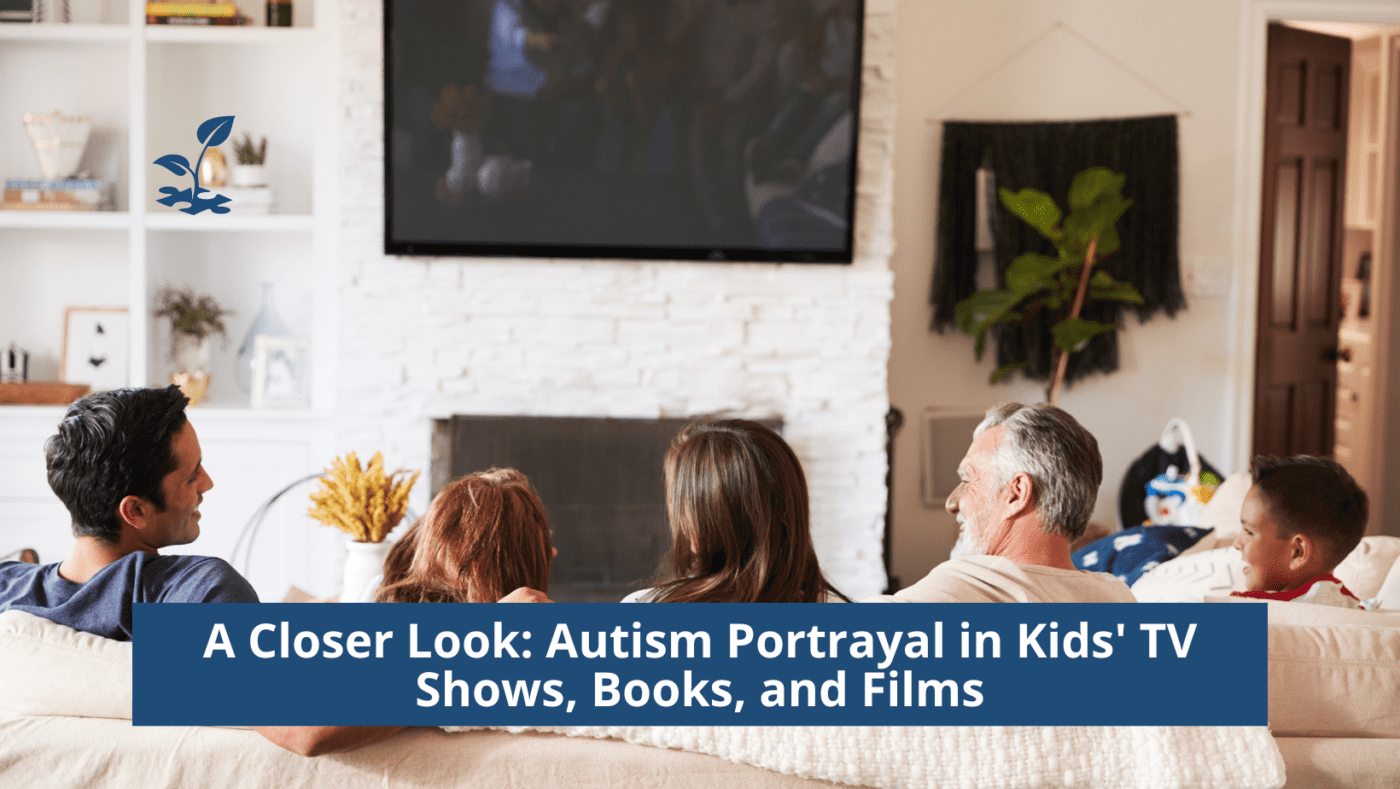In a world where media plays a significant role in shaping perceptions and understanding, the depiction of autism in kids’ TV shows, books, and films holds immense power. Accurate and sensitive portrayals can foster a culture of acceptance and empathy, helping children on the spectrum see themselves represented positively. It also educates their neurotypical peers, family members, and the wider culture, challenging stereotypes and misconceptions. Let’s delve into the portrayal of autism across media for kids, highlighting where it excels, where it falls short, and the impact it has on viewers of all ages.
Autism Representation in Younger Kids’ Media
Pablo
For the youngest of audiences, thoughtful autism representation can significantly shape a child’s understanding of neurodiversity from an early age. “Pablo” stands out, with its autistic protagonist who creatively tackles everyday challenges, providing both entertainment and education. The show’s unique approach of employing autistic actors for voices adds an authentic layer to its storytelling, offering a genuine glimpse into the autistic experience for viewers.
Sesame Street
 “Sesame Street” also plays a crucial role with the character of Julia, a young Muppet with autism, who demonstrates that while autistic individuals may have their unique ways of interacting with the world, these differences do not inhibit friendship or joy. Julia’s inclusion is a powerful tool for normalizing autism to young viewers and serves as an excellent example of positive representation.
“Sesame Street” also plays a crucial role with the character of Julia, a young Muppet with autism, who demonstrates that while autistic individuals may have their unique ways of interacting with the world, these differences do not inhibit friendship or joy. Julia’s inclusion is a powerful tool for normalizing autism to young viewers and serves as an excellent example of positive representation.
Positive Representations for School-Aged Children
The Reason I Jump
“The Reason I Jump” serves as an exemplary model of ASD representation in books by illuminating the lives of non-speaking autistic individuals from various countries, offering audiences of all ages a rich tapestry of perspectives.
The London Eye Mystery

For school-aged children, media begins to introduce more layered narratives that can address the complexities of the autism spectrum with greater sensitivity and depth. “The London Eye Mystery” is a novel that presents Ted, a brilliant young detective with autism, using his unique perspective to unravel a compelling mystery. This book not only entertains but also empowers, showing that autism can be a strength rather than a limitation.
Critiquing Representations: Where We Go Wrong
 In examining the landscape of children’s media, it becomes evident that not every attempt at autism representation hits the mark. Some narratives fail by leaning too heavily on stereotypes, such as portraying autistic individuals as possessing savant skills or as being socially inept without nuance. These one-dimensional portrayals risk reinforcing misconceptions, overshadowing the rich diversity of the autism spectrum.
In examining the landscape of children’s media, it becomes evident that not every attempt at autism representation hits the mark. Some narratives fail by leaning too heavily on stereotypes, such as portraying autistic individuals as possessing savant skills or as being socially inept without nuance. These one-dimensional portrayals risk reinforcing misconceptions, overshadowing the rich diversity of the autism spectrum.
Additionally, there’s a tendency for some media, specifically media for kids, to use autism as a plot device rather than a lived experience, which can trivialize the challenges and triumphs of those on the spectrum. A critical misstep occurs when creators do not engage with autistic voices in the development process, leading to portrayals that lack authenticity and depth. This oversight can perpetuate a cycle of misinformation, distancing audiences from the true essence of the autistic experience. While strides have been made towards more accurate and respectful representation, it is imperative for creators to strive for portrayals that embrace the full complexity of autism, ensuring characters are developed with the same care and detail as their neurotypical counterparts.
Positive portrayals should strive to highlight the diverse experiences of individuals with autism, avoiding the pitfall of representing the condition as a homogenous experience. It is throughnuanced, respectful portrayals that media can truly serve as a bridge to understanding, celebrating the rich spectrum of autism in all its forms.
Diverse Representation Matters
Diverse representation in kids’ media is crucial to ensure that children from all backgrounds see themselves reflected in the stories they watch and read. This includes showcasing characters with autism across a spectrum of racial, cultural, and socioeconomic backgrounds, highlighting the universal nature of the autistic experience while also honoring its unique manifestations in different contexts.
However, the challenge remains in encouraging creators to broaden their narratives to include more inclusive portrayals. When characters with autism are also characters of color, LGBTQ+, or from underrepresented communities, it deepens the understanding of intersectionality within the autism community. Authentic representation necessitates a commitment to diversity that transcends mere tokenism, ensuring that these characters are given depth, agency, and relevance within their stories. By championing a more inclusive approach, media can play a pivotal role in fostering a world where every child, regardless of their neurology or background, feels valued and seen.
How to Choose the Right Media
Selecting media that represents autism positively and accurately for kids requires careful consideration. Focus on finding stories where autistic characters play central roles, showcasing their experiences, challenges, and achievements as part of the narrative fabric. This inclusion ensures that the representation is neither superficial nor tokenistic.
media that represents autism positively and accurately for kids requires careful consideration. Focus on finding stories where autistic characters play central roles, showcasing their experiences, challenges, and achievements as part of the narrative fabric. This inclusion ensures that the representation is neither superficial nor tokenistic.
Prioritize content that involves autistic individuals in its creation or consultation process, as their insights lend credibility and depth to the portrayal, making it more relatable and authentic.
Evaluate the media’s overarching messages; the ideal choices are those that foster a sense of understanding, celebrate differences, and advocate for acceptance across the spectrum of viewers. Additionally, be mindful of how autism is depicted, steering clear of stereotypes or overly simplified narratives. Instead, opt for content that respects the complexity of autism, presenting characters with a rich array of emotions, relationships, and personal growth. By curating media that adheres to these principles, parents and caregivers can contribute to a culture of inclusivity, empowering children to embrace neurodiversity in themselves and others.
